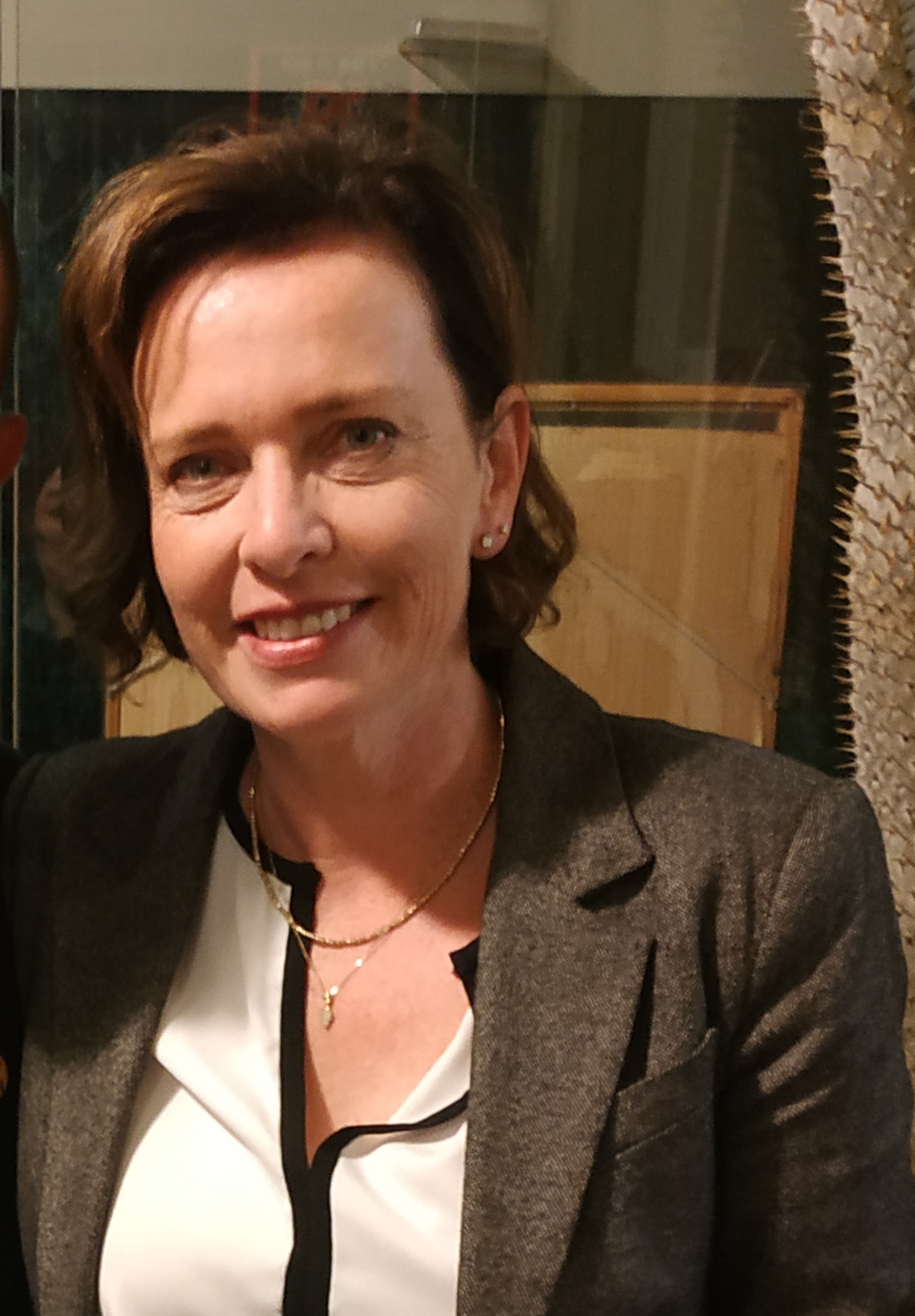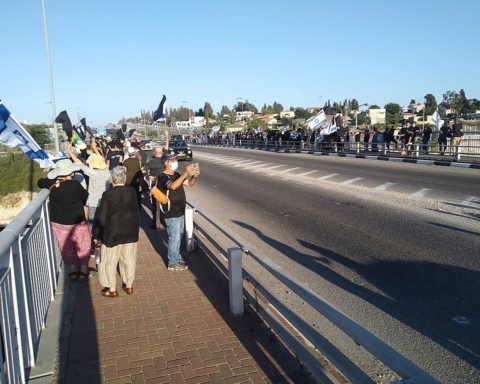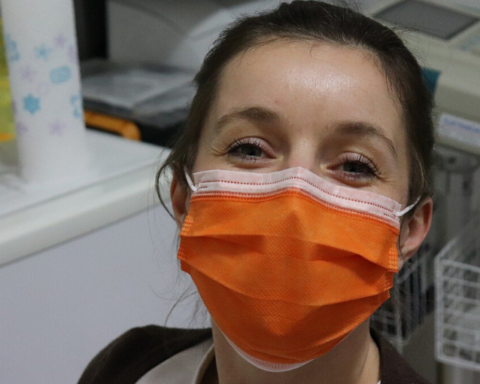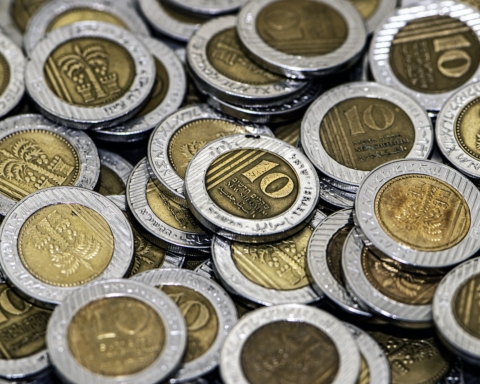History was made in the nationwide Israeli municipal elections, as expected for the year of 2018. Just a little more of the glass ceiling is being shattered, as a record-breaking number of female politicians ran for positions and were voted into victory. The elections were held in 251 cities across Israel, with a few major wins for women, and a small yet significant leap in many other sectors.

Eleven women were chosen to head cities and local councils, including a first when Dr. Einat Kalisch Rotem was voted to become Haifa’s first female mayor. Dr. Aliza Bloch surprisingly won the Beit Shemesh vote despite the ultra-Orthodox community often disparaging views of women. Miriam Feirberg-Ikar secured her place in Netanya for the fifth term in a row.
Besides those who were voted into positions, the number of women running increased from 41 to 72 since the 2013 election. The increase is likely due to a 2014 legislation passed which encouraged female representation, and stated that municipal parties which are at least one third female will be rewarded with an additional 15% in funding.
If the increase seems small, that’s because it is. Overall, only 10% of candidates up for election were female. Only 57 women ran for mayor, while 665 men ran for the same. For local council, only 14 women stood up as opposed to 119 men, and for general municipal seats, 3,975 women ran versus 13,478 men.
Despite the minute movement, the boost is still a positive one. The local Israeli parliament, for the first time ever, will see 36 women, out of 120 spots, which is a positive milestone in terms of female representation. In the recent mid-term elections in the United States, many women in marginal minority groups were elected into positions for the first time ever.
While there is still a lot of work to do in terms of creating female equality in the government, the increase in women running and succeeding proves there is a shift occurring. While it might be moving systematically slow, women are on the rise.








